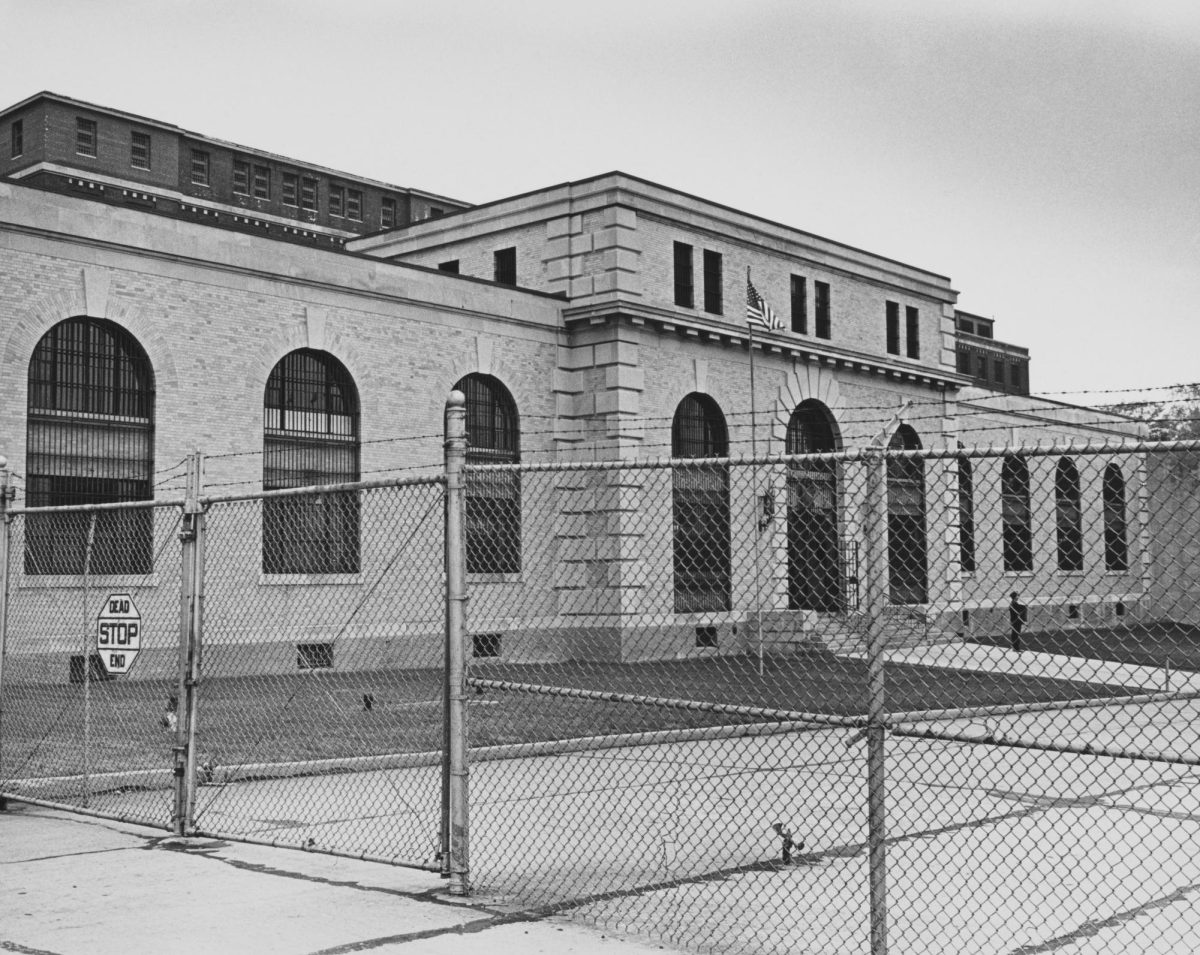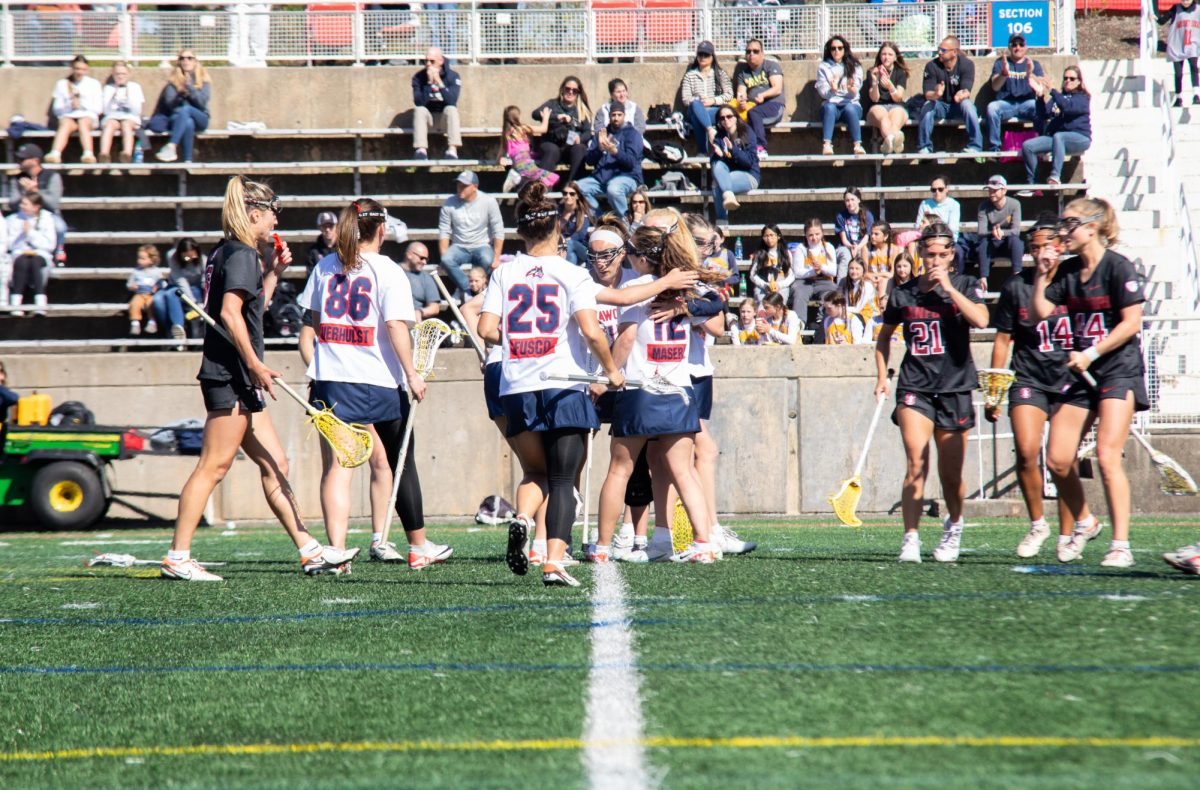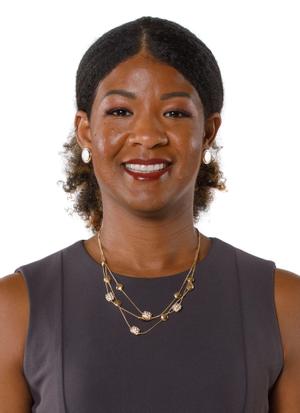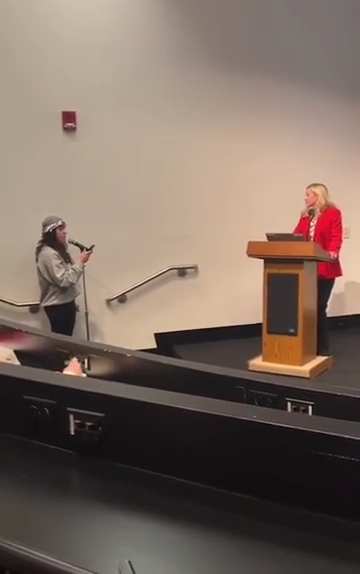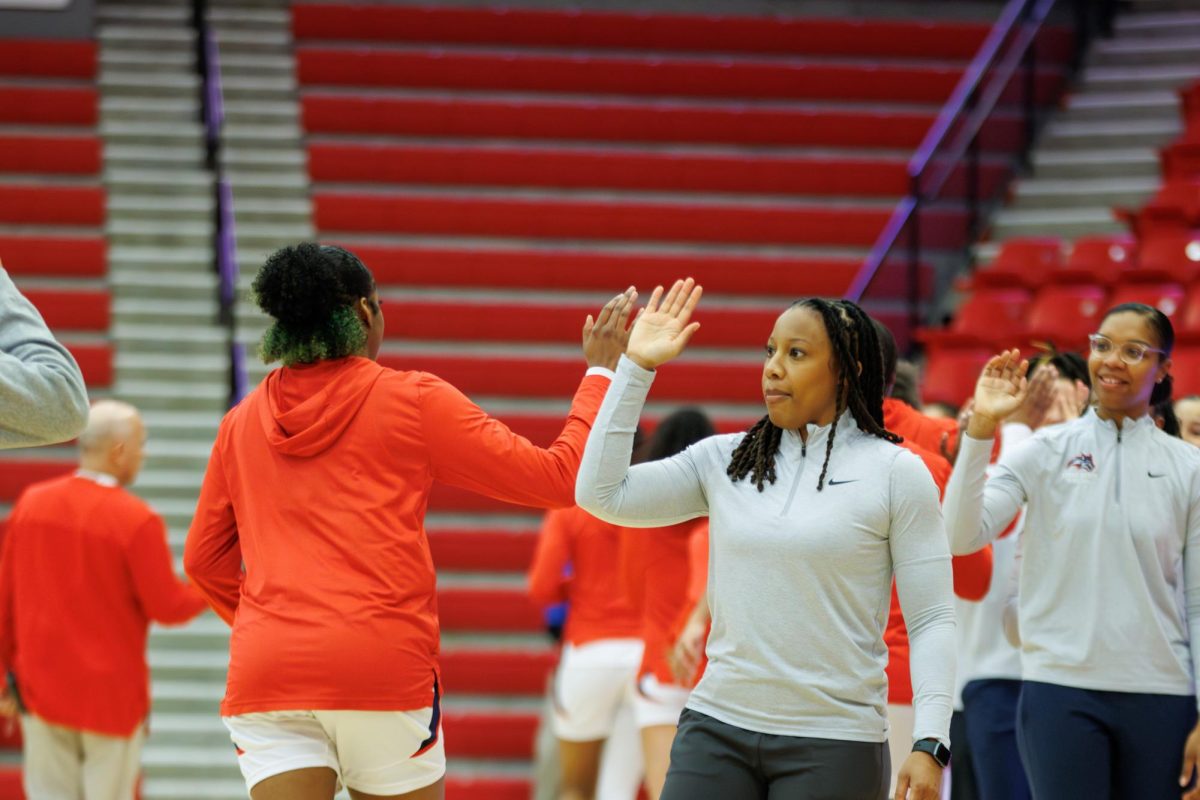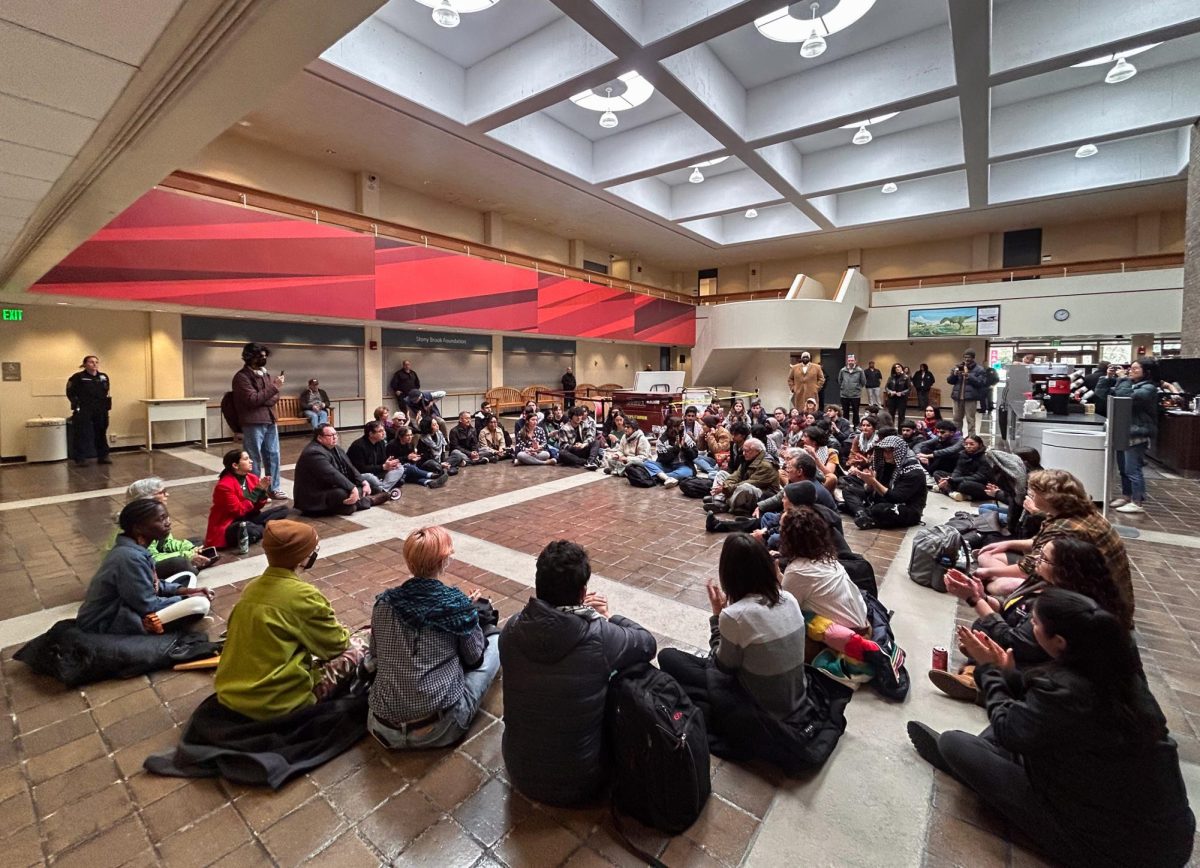Technology has stepped into the classroom as students have developed more unorthodox ways of taking notes.
Using devices ranging from mobile phones to DSL cameras to take pictures of lectures has become a growing trend. This method of note-taking is increasing in prevalence as students explore new ways of keeping up with lectures and staying on top of their classes.
Students may be caught taking a snap shot in their larger lecture halls. Such digital note-taking predominantly occurs in science related courses such as biology and chemistry in addition to political science classes, among others.
Stony Brook student Xiao Jing Zhang, a junior biology and business major, has used this technique many times in her organic chemistry class.
Pictures are sometimes taken of clicker questions or structures on the slides. Additionally, she admits that going back and forth between taking notes and looking at the slides is annoying.

Others take pictures of their lectures because the slides used in class and those posted on Blackboard may differ. “I’ll usually just take pictures of diagrams that aren’t in the actual lecture that I print out,” Katherine Monjaras, a freshman biochemistry major on the pre-med track, said.
Monjaras utilizes pictures predominantly in her BIO 203 course, Fundamentals of Biology: Cellular and Organ Physiology.
She also takes photos of the clicker questions with her iPhone to refer back to.
“I kind of hold the phone up really high. I don’t think they have a problem with it,” Monjaras said referring to her professors.
But the majority of individuals who are aware of this new trend are students.
Some professors, especially those who post notes on Blackboard or have Echo recordings of the lecture, are shocked that such note-taking occurs at all or even on a regular basis.
Jonathan G. Rudick, an assistant professor in the chemistry department, says there is little difference between the notes he posts on Blackboard and those he uses in class.
Occasionally, there may be an incomplete calculation on the slides that gives students an incentive to attend class.
Rudick is one of the faculty members who has witnessed students taking picture of notes during class.
“It’s usually with more informational and administrative slides like lists of topics covered on the midterm and that kind of stuff is on the syllabus,” Rudick said.
According to Rudick, lectures are usually posted to Blackboard in the chemistry department. He is thus confused as to why students may use pictures for the note taking process or how they would help during fast-paced lectures.
Students like Monjaras, however, may use pictures especially when her lecture is fast-paced. Taking pictures of the lecture allows her to devote more time writing what is being said, while her pictures account for what is on the slide.
Rudick however, believes there are drawbacks to this unorthodox method of note-taking. “From a true learning standpoint I think it is an unfortunate disconnect because you learn something by writing it down. It worries me that students can get away from that habit just figuring they could get a quick snap shot of the punch line…That leaves you doing a lot of the work on your own at home,” Rudick said.
And taking pictures is not the only method students may use. Many take notes on their laptops while some may also record lectures.
Students taking picture of their lectures may be on the rise especially with the advances in technology.
Seven years ago, phones like the BlackBerry had a camera with a meager 1.3 megapixels. Phones, including the iPhone, now can have an eight megapixel camera and can zoom in easily.
This not only allows for a better quality shot but also the ability to take a close-up images, even from the back row of a lecture hall.
As technology continues to progress, there is no telling what the children of the Digital Age will use it for next.
Though traditional note-taking practices may not die out completely, students are increasingly using a variety of technological device for academic purposes.




